For a continent that was the focus of world affairs for so long, and that has such a violent maritime history, the history of riverine warfare in Europe is strangely sparse. Both the Rhine and the Danube are major navigable rivers, and both hosted fleets in Roman times, but information on gunboats and other ships that used them for military purposes is sparse or nonexistent. It is perhaps telling that the most famous riverine battle in Europe during the last 400 years was fought on the Medway, a tributary of the Thames, entirely by seagoing ships and forts.1
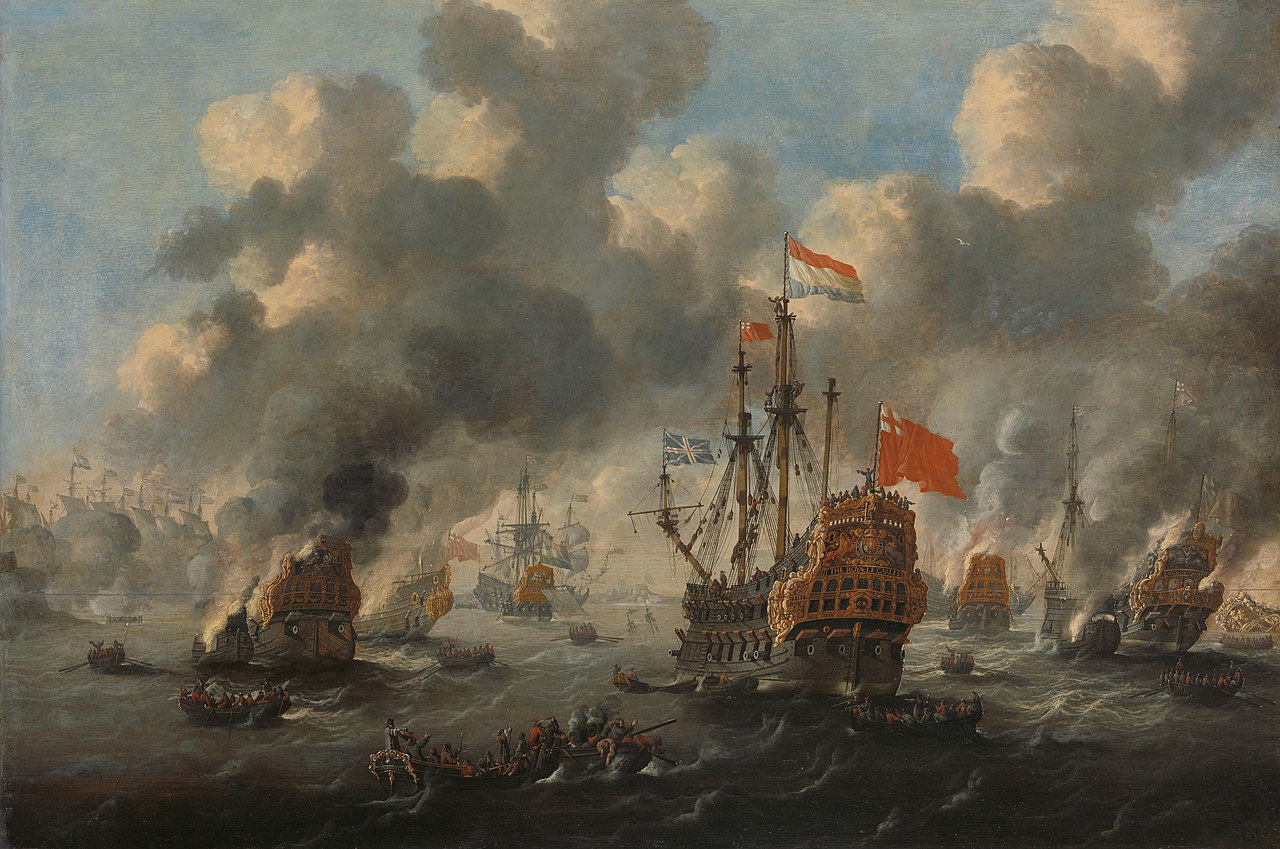
The Dutch raid on the Medway
Rivers did play an important part in campaigns going back millennia. The Romans operated fleets on the Rhine and Danube to protect the Empire's frontiers, and Charlemagne used the Danube and Elbe in his campaigns against the Slavs, Saxons and Avars. The Vikings would often base themselves at the mouth of a river, then launch ships upriver to raid settlements along it, even reaching Paris up the Seine. Much like the Union armies in the American Civil War, the armies of revolutionary France were named after the rivers they fought over, including the Rhine, Danube and Moselle. The Austro-Hungarian Empire had long operated gunboats, first powered by sail and oar and later by steam, on the Danube, and their gunboats had beaten the Italians on Lake Garda during the Third Italian War of Independence.2 Later, during the Franco-Prussian War, the French used a flotilla of gunboats on the Seine during the Siege of Paris, some of which were later taken over by the Paris Commune. The Commune was unable to use these gunboats effectively, and the French Army managed to sink one and send the rest back to port to take no further part in hostilities.
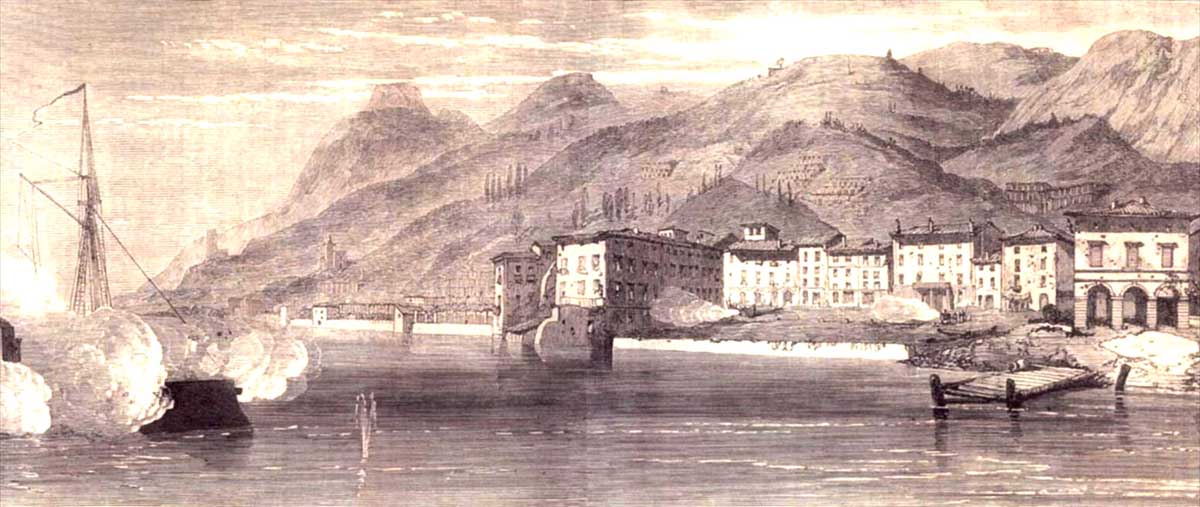
Austro-Hungarian gunboats bombard Italian positions, 1866
One country where riverine warfare was important and reasonably well-documented was Russia. Rivers have long been important highways through Russia's vast bulk, particularly in Siberia, where the fact that the riverine route from European Russia to the Pacific requires only a few short portages let the Russians expand across most of northern Asia in only a century. In Europe,3 the Russians made use of the Dnieper in their 18th-century wars with Turkey.
The Great War saw military use of a number of rivers. The French, recalling the use of gunboats on the Seine during the Franco-Prussian war, began constructing a similar flotilla. Armed tugs served in the last few months of 1914, before the war settled into the trenches and the need for gunboats disappeared. Later, to meet the challenge of heavy German guns, they used a number of barges to transport dismounted naval guns, eventually retiring them in 1917 when the front moved out of range of the canal network.
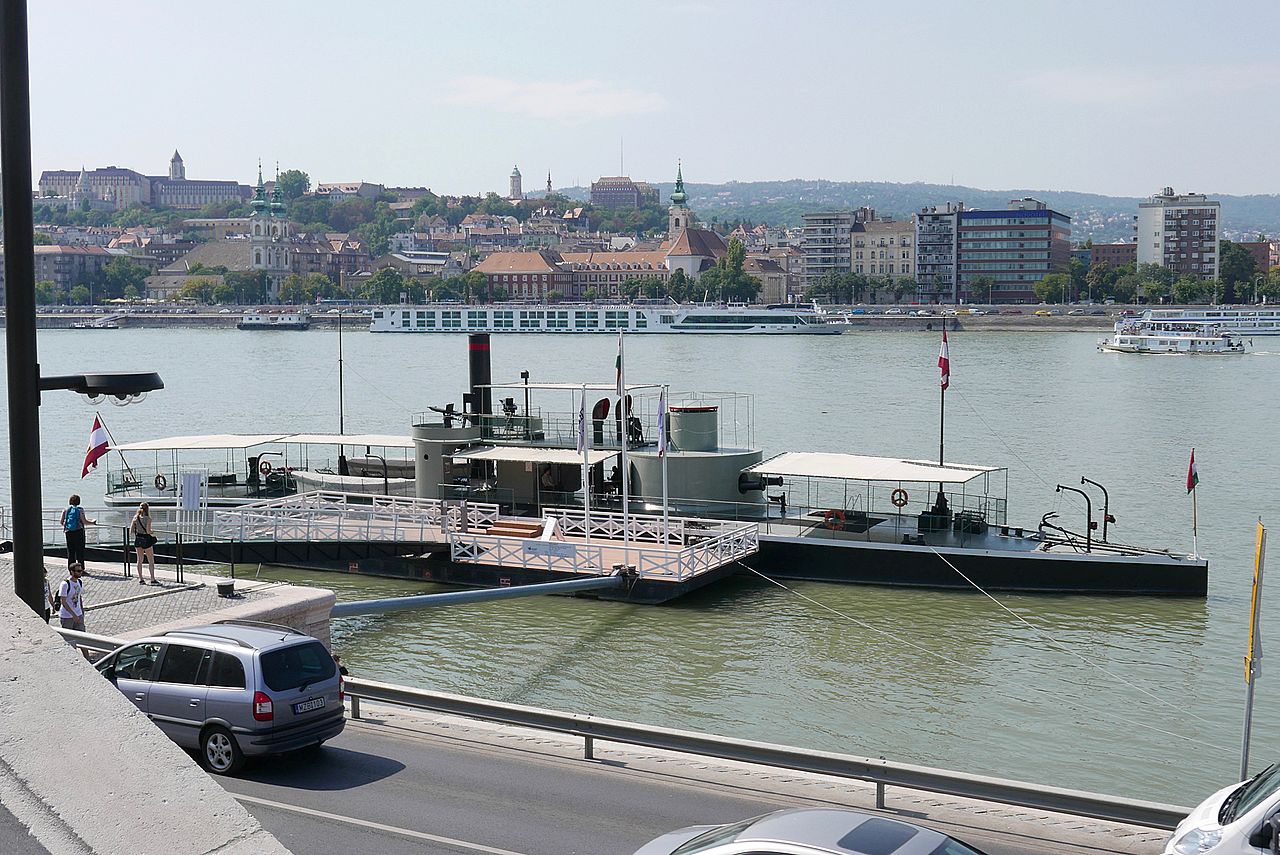
Austrian gunboat SMS Leitha
The Austrians made extensive use of their gunboat flotilla on the Danube, with monitors supporting the capture of Belgrade and later operations against Romania, including destroying a number of pontoon bridges. The Romanians had monitors of their own, which proved vital in some of the Balkans fighting. One of the eight gunboats, Leitha, managed to survive until the fall of communism and was preserved as a museum ship in Hungary. Many of the others ended up in Romanian or Yugoslavian service. The Austrians also operated on the Vistula, providing fire support and transport until the expulsion of the Russians from Poland.
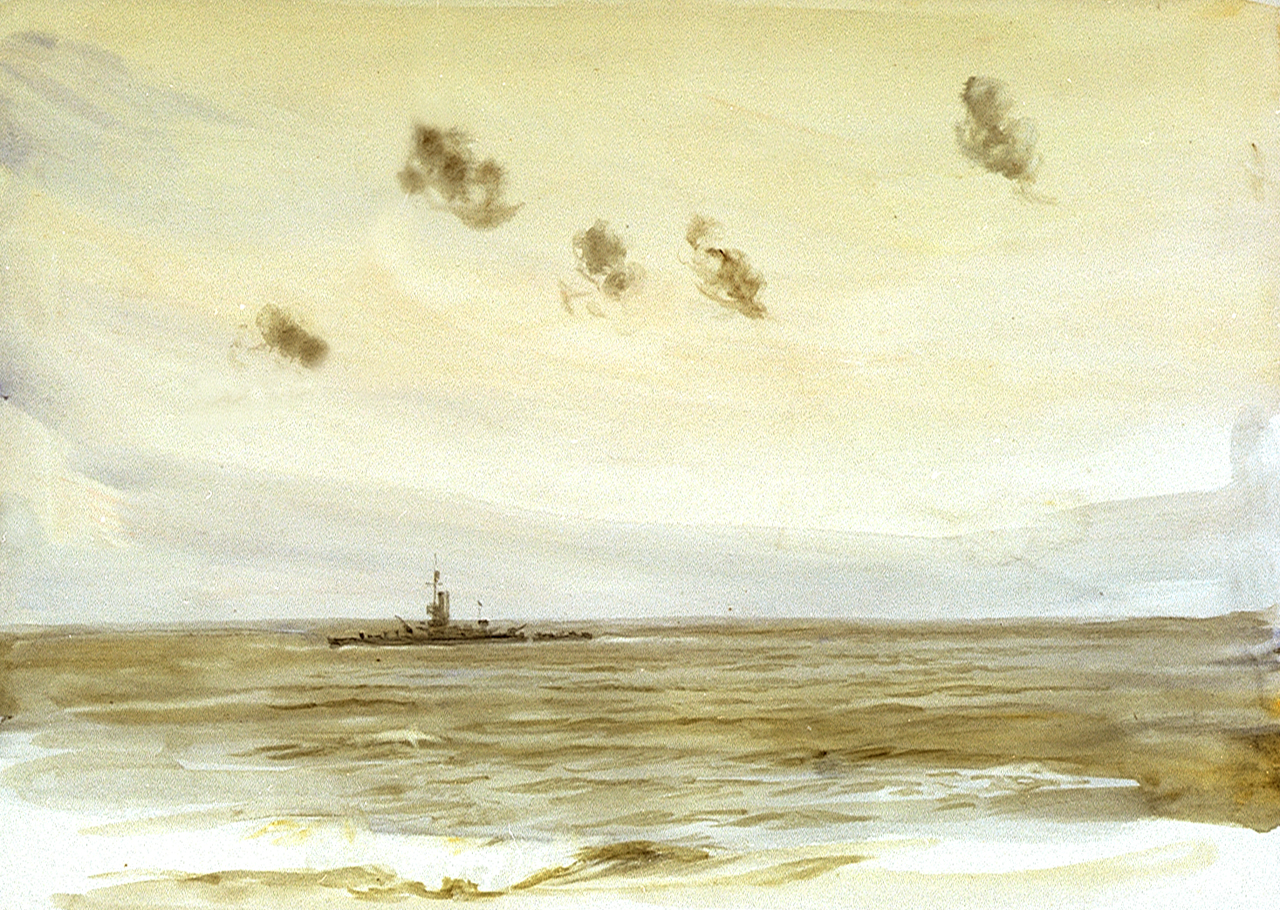
An Insect class gunboat defending the UK
The British built two classes of gunboat during the war, known as Large China Gunboats and Small China Gunboats. Neither was actually intended to be used in China, although the larger class, the Insects, spent much of their service lives there after the war. They had actually been intended for the Danube, the plan being that they would be shipped in sections through Serbia to counter the Austrian monitors.4 The sectional assembly meant that they were unarmored, but the large number ordered (12) and heavy 6" armament meant that they should have been able to overwhelm their opponents. This plan fell apart when Serbian resistance collapsed, and the Insects went on to serve in roles from patrolling China to defending England against Zeppelins to supporting Allied armies in North Africa during WWII.
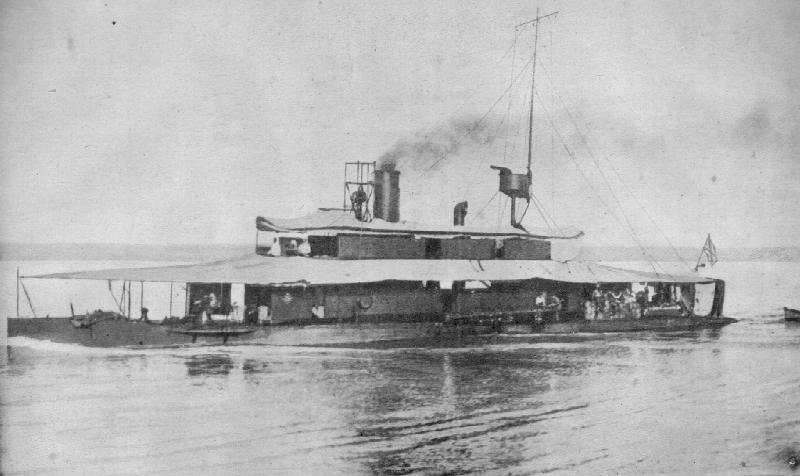
A gunboat of the Fly class on the Tigris
The Small China Gunboats of the Fly class were actually intended for the rivers of Mesopotamia, and were deployed there during the British campaign to conquer the region from the Ottomans, along with the larger Insects. These gunboats, with a draft of only 2', were often guided by a pilot wading ahead in shallow water. Weirdly, the diameter of the propeller was actually greater than the draft. To avoid the propeller breaking the surface of the water, they were placed in a tunnel that extended above the waterline. The front sloped up and the back was sealed with a hinged flap to keep it full of water.
In the aftermath of both world wars, the victorious Allies deployed gunboats onto the Rhine to aid their occupation forces. None of these vessels had particularly exciting lives, as the patrols were wound down within a few years. Gunboats also proved important during the Allied intervention in the Russian Civil War, as Insects and other gunboats operated on the Dvina in North Russia. There, the Reds built a scratch force of gunboats of their own, which proved pivotal in pushing the Whites back and dispiriting the foreign powers backing them.
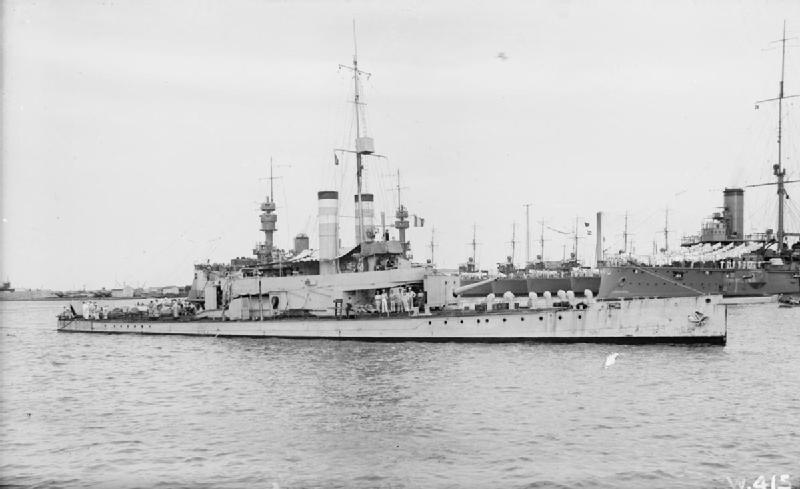
HMS Ladybird, of the Insect class
The Dvina was far from the only river on which the Russians operated gunboats in the early decades of the 20th century. The Amur, on the southern border of Siberia, saw early gunboat operations to protect the Russian Far East from Chinese or Japanese occupation. Most of this flotilla was taken over by Japan in the collapse of the Tsar's regime, and only returned to the Soviets in the mid-20s. There, they fought in the Sino-Soviet Conflict of 1929 and later in the Soviet invasion of Manchuria.
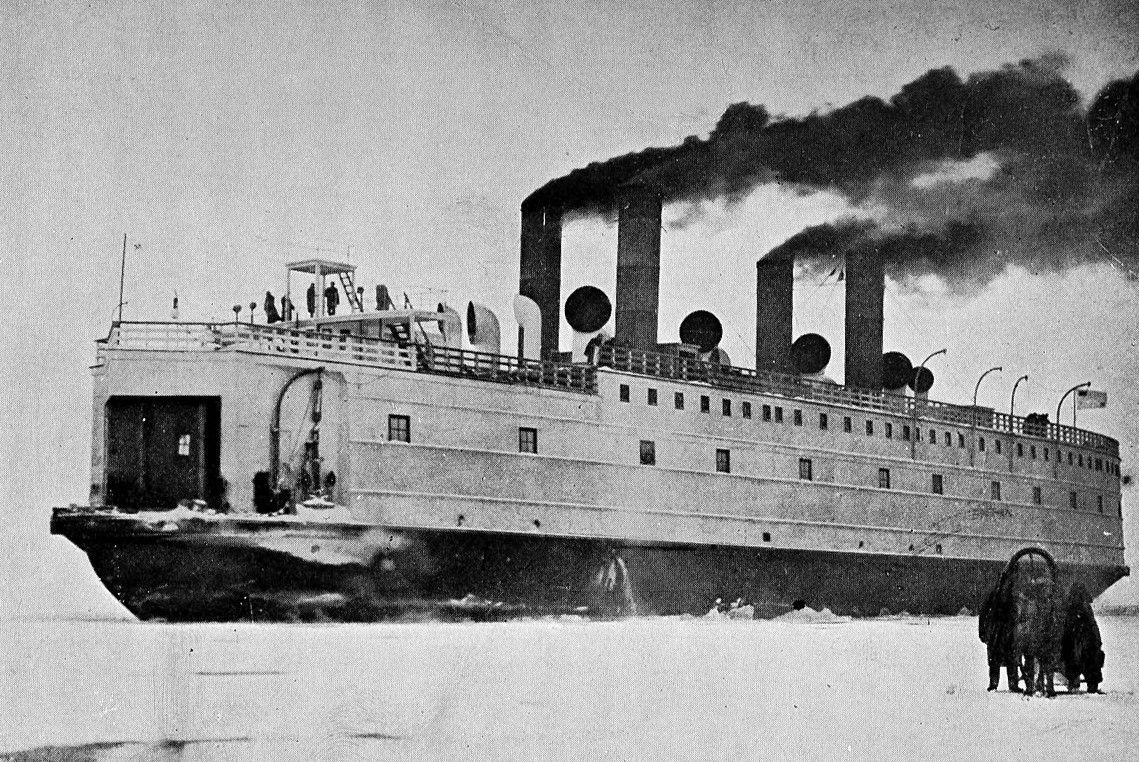
Baikal in happier times
Siberia was also the site of one of the strangest of riverine battles, fought on Lake Baikal between the Red Army and a group Czechoslovakian soldiers that had seized most of the Trans-Siberian Railroad in an attempt to continue the war against the Central Powers after Russia made peace.5 The Russians attempt to use the icebreaking ferry Baikal to interrupt the passage of the Czechoslovak soldiers ended with the icebreaker sunk by several converted steamers, probably the only naval victory ever won by Czechoslovakian forces.
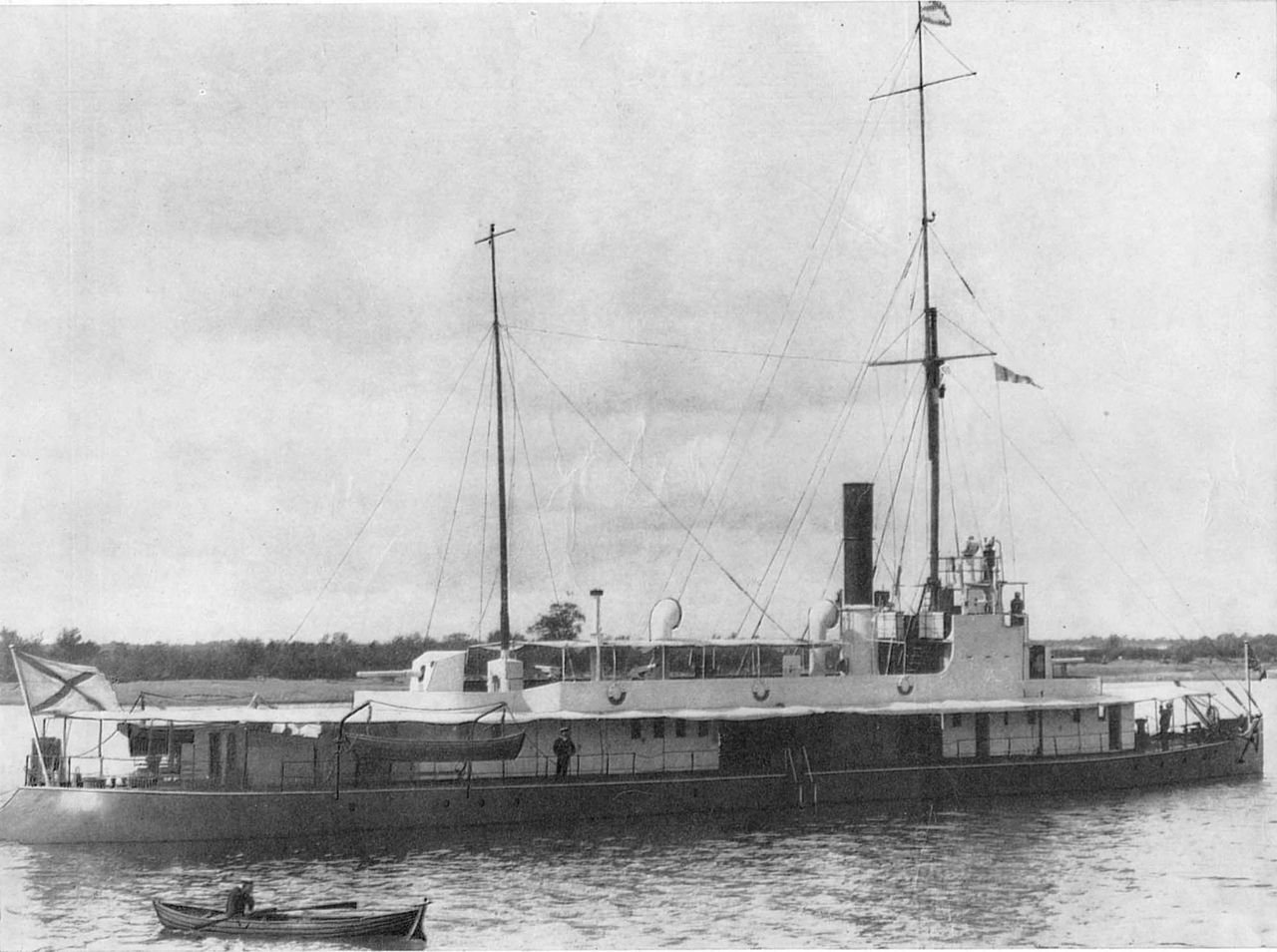
Soviet gunboat Buryat
The Soviets quickly began to assemble flotillas on their major rivers, including the Dnieper, Danube, and Volga. These all saw action during WWII, from the very earliest days, when the large6 Romanian Danube Flotilla defeated the Soviet vessels stationed on that river. The Soviets used all sorts of vessels, from conventional gunboats to large numbers of "armored cutters" equipped with one or two tank turrets and armor sufficient against machine-gun fire. Sadly, I don't have good sources detailing the operations of these flotillas, a problem shared by much of the Russian Front.7
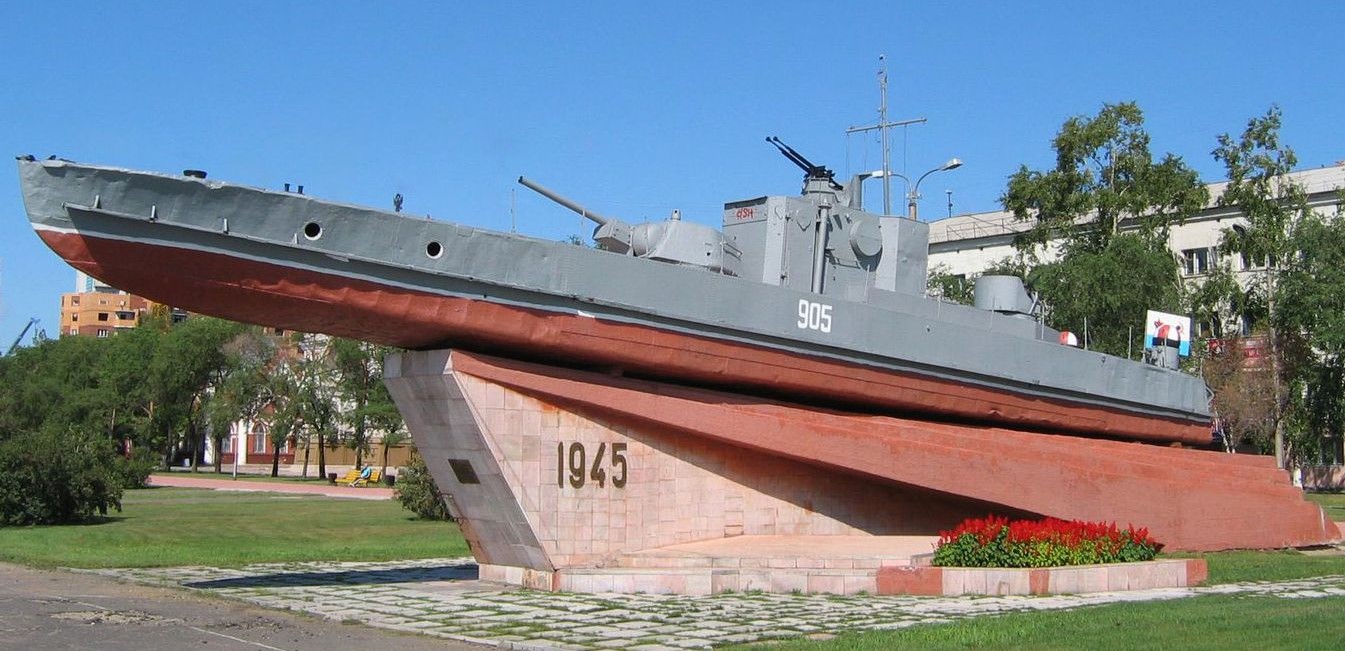
An armored cutter preserved as a war memorial in Russia
Today, only a few navies maintain extensive riverine forces. Russia continues to operate gunboats on the Amur, as well as rivers in the Black Sea region. Romania has a large flotilla on the Danube, and Ukraine has looked to build up its riverine forces as part of the confrontation with Russia. Sweden, despite a lack of riverine forces of its own, has become a leading supplier of vessels to other western navies, with the CB90 being used by both Norway and the USN.

Romanian monitor Ion C. Brătianu in 2009
With Europe8 out of the way, there is only one region with an extensive history of riverine warfare yet to cover. Next time, we'll start our look at Southeast Asia.
1 For the record, Nelson's Battle of the Nile wasn't actually fought on the Nile itself. It was fought in a nearby bay. ⇑
2 There was also a small flotilla of gunboats designed to operate in the lagoon of Venice, sold to Italy when the city was handed over. ⇑
3 I am well aware that Siberia is not actually in Europe, but I'm classifying all of Russia as Europe for purposes of this column. Otherwise it would be too short. ⇑
4 In Fighting the Great War at Sea, Friedman suggests that these may have actually been intended to support Fisher's Baltic Plan, operating on rivers of eastern Germany, but Fisher's habit of leaving no records makes this impossible to confirm. ⇑
5 Yes, this was a real thing. Most of the Russian Revolution/Civil War was like this, but I don't have time to go into more detail. ⇑
6 During the interwar years the Romanians had the largest riverine navy in the world. ⇑
7 Slightly less conventional riverine warfare was also carried out during WWII, largely by the British. During 1940, they floated mines downriver from France into Germany with reasonable success, and later they mined the Danube using bombers, probably the most efficient use of the RAF's bombers during the war. ⇑
8 Including the Russian Far East and the Middle East, of course. ⇑

Comments
Hungary also has a Danube flotilla (of 6 minesweepers) operated by its Army, while Austria disbanded theirs at the end of the Cold War.
The Serbian Navy, which lost its access to the sea and all its remaining sea-going vessels to Montenegro in 2006, is also now part of their Army but seem to use naval ranks and uniforms. Perhaps its most interesting unit is the command ship Kozara, which was initially built for the Kriegsmarine in 1939 so is one of the few WW2 vessels still in service- and possibly the only survivor of the WW2 Kriegsmarine still in use as a warship.
I started that paragraph with "extensive" for a reason. I was aware of Hungary's force, although my main source for this stuff, the book River Gunboats, doesn't even mention Kozara. Do you have a link with more details?
Kozara's a weird one. I remember seeing it in a copy of Jane's Fighting Ships in a library. The Serbian Navy website has something about it in badly machine-translated English. Otherwise it's quite hard to find information about it online.
Huh. I'll have to check Combat Fleets when I get home and see if there's more info in there.
I suppose that's meant to be Charlemagne.
Ack. Fixed.